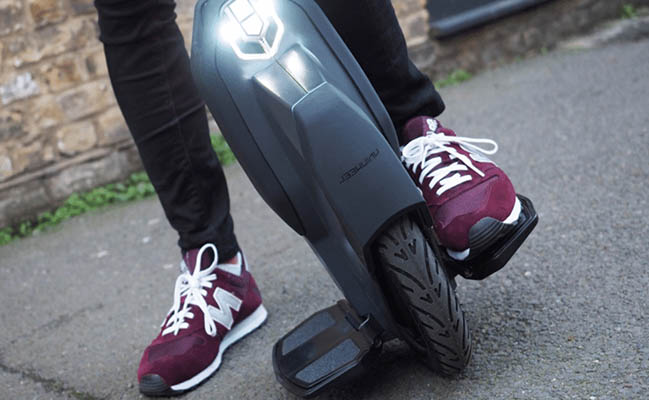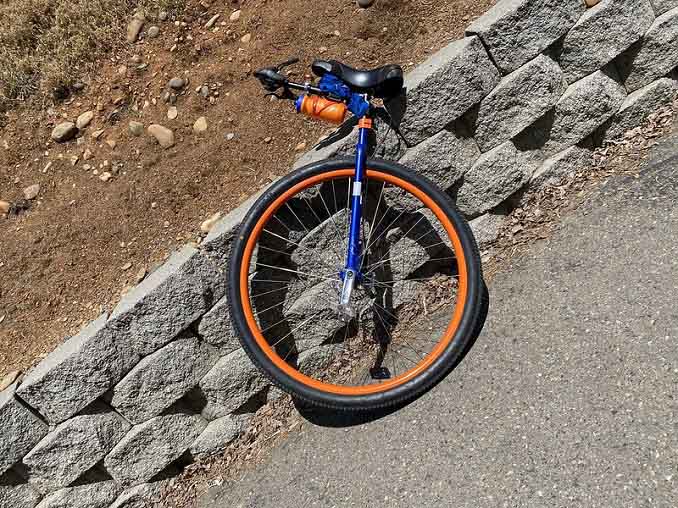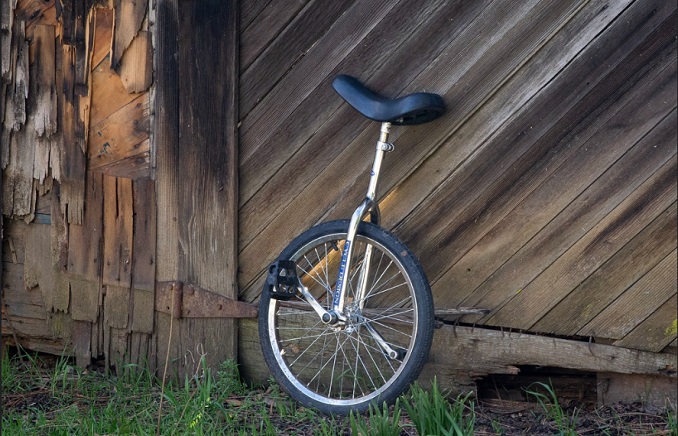Picture this: You’re zipping through the streets on your electric unicycle, enjoying the wind in your hair and the freedom of not being stuck in traffic. But have you considered the potential risks of riding without a proper helmet?
Electric vehicles are becoming increasingly popular, and with their rise, the need for proper safety gear is more important than ever. Choosing the right electric vehicle helmet can be the difference between a minor accident and a life-altering injury.
When choosing an electric vehicle helmet, consider factors such as level of protection, comfort, ventilation, and visibility. Don’t settle for a subpar helmet – invest in one that meets your needs and provides optimal protection.
In this blog post, we will explore the different types of helmets available and how to choose the perfect one for your electric vehicle (electric unicycle, bicycle, or scooter), so you can ride with confidence and peace of mind.
Related:
- Best Helmets for Unicycle: Our Top 7 Picks for Safety, Comfort, and Style
- InMotion V11 Electric Unicycle Review: Best Ride of Your Life
The Importance of Choosing the Right Helmet
A helmet is a crucial piece of protective gear that is worn around the head to safeguard the skull and brain. Electric vehicles are fast. We regularly test many models on the market that can exceed 35 km/h. This speed, combined with the danger of vehicles on the street and small tires, makes a helmet an absolute necessity when riding.
However, not all helmets are created equal, nor are they all suitable for electric vehicles.
For speeds below 30 km/h in low-risk conditions, a helmet that meets bicycle safety standards should be adequate. For even greater protection, we can choose a downhill helmet, which is typically used by skateboarders or mountain bikers.
Riding Risk Assessment
Assessing the level of risk when riding involves analyzing and evaluating the potential hazards that may arise during a ride, and determining the likelihood and severity of those hazards.
When assessing the level of risk when riding, we can consider a few things:
Driving at night or in low visibility conditions poses a greater risk. Most models have very little light. Driving in bad weather, such as fog or rain, poses a greater risk. Driving at higher speeds or near the maximum speed for longer periods poses a greater risk.
Driving on poorly maintained roads, with heavy traffic, or without a specific bike or electric scooter lane poses a greater risk. Another important consideration when deciding on the helmet style is to get one that is comfortable and that you can actually wear beyond the weather conditions.
The process of risk assessment is an ongoing one, and riders need to be vigilant and constantly monitor the situation while on the road. This helps them to identify and mitigate any potential risks that may arise during the ride.
What types of helmets do we have in the market?
For riding an electric unicycle, scooter, bicycle, or motorcycle helmet may be appropriate, depending on the speed and risk. The following types of helmets are suitable, and we have ordered them by increasing levels of protection:
Bicycle helmet
For speeds below 30 km/h and in low-risk conditions, a helmet that meets bicycle safety standards should be adequate.
Bicycle helmets are the lightest, smallest, and most comfortable helmets. They come in many styles and price ranges. Some offer more protection, such as the ONEAL Defender, and others are more basic, such as the MOBOX, Vertigo, or similar helmets.
Downhill or BMX helmet for greater protection
If we are riding at speeds below 30 km/h and want more protection, it’s best to go for a downhill helmet. They protect and are really lightweight compared to motorcycle helmets.
Certified downhill and BMX helmets are tested for higher impact indices. If they have a chin guard, like the one shown above, the front is also tested for resistance.
These helmets offer more protection than bicycle helmets, but they are more challenging to wear due to their size and weight.
Motorcycle helmets
For riding at speeds over 30 km/h or in higher-risk conditions, a motorcycle helmet will provide us with the maximum possible protection, often depending on its quality or brand.
These types of helmets tend to be larger and heavier than a bicycle or downhill helmets. However, they will provide the greatest possible protection for your head. If you ride #alwaysatfullspeed, offroad, or in risky conditions, this is the only type of helmet you should consider.
Motocross helmets
This type of helmet has a chin bar that extends from the jawline and provides full-face protection, similar to what downhill helmets offer, but at a higher level.
Why full-face helmets? If you use a standard open helmet, you could receive a hit to the chin when falling. Furthermore, in certain types of crashes, the facial impact can also transmit severe brain damage.
How do score the perfect electric vehicle helmet for you?
Based on the level of protection you crave:
- Low (<30 km/h): Bicycle helmet
- High (<30 km/h): Downhill helmet
- Maximum (>30 km/h): Motorcycle helmet
Choose your helmet according to your desired level of protection and the risks involved in riding your electric vehicle. If you’re cruising at slower speeds and in low-traffic areas, you’re probably a low-risk rider.
However, if you’re zooming through busy streets with potholes and obstacles, your risk level shoots up. Bicycle helmets offer the minimum protection, while BMX and downhill helmets offer a bit more.
Factors to Consider Choosing an Electric Vehicle Helmet
In addition to the level of protection, there are several other factors to consider when choosing an electric scooter helmet. These include:
- Fit: The helmet should fit snugly on your head without being too tight or too loose. A properly fitting helmet will stay in place in the event of an accident, reducing the risk of injury.
- Ventilation: The helmet should have adequate ventilation to keep you cool and comfortable during long rides.
- Weight: The weight of the helmet can be an important consideration, especially for riders who plan to wear the helmet for long periods. A heavy helmet can cause neck and shoulder strain, while a lightweight helmet can be more comfortable to wear.
- Certification: Make sure the helmet you choose is certified by a reputable organization, such as the DOT or ECE. Certified helmets meet strict safety standards and are more likely to provide adequate protection in the event of an accident.
Frequently Asked Questions
How do I know if the helmet fits me correctly?
A helmet should fit snugly and comfortably on your head. To ensure the perfect fit, measure your head and select a helmet size that corresponds to your head size.
How often should I replace my electric vehicle helmet?
It is recommended to replace your helmet every 3-5 years, or immediately after a crash, as the helmet’s protective capabilities may be compromised.
How do I choose the right helmet?
Consider the level of protection needed based on your riding style and speed. Look for helmets that meet safety standards such as CPSC, ASTM, or EN1078. Make sure the helmet fits properly and is comfortable to wear for long periods of time.
Should a helmet be light or heavy?
The weight of the helmet is not as important as its ability to protect your head in case of an accident. However, a lighter helmet may be more comfortable to wear for longer periods of time.
What helmet should I wear on an electric unicycle?
It is recommended to wear a helmet that meets bicycle safety standards for speeds below 30 km/h in low-risk conditions. For higher speeds or more risky conditions, consider a downhill helmet used by skateboarders or mountain bikers for added protection.
Final Thoughts
As we conclude this post on choosing the perfect electric vehicle helmet, let’s remember that safety is paramount when it comes to riding any type of electric vehicle. The right helmet can make all the difference in keeping you protected from serious head injuries.
It’s easy to get caught up in the excitement of owning and riding an electric scooter, but we urge you to prioritize safety and invest in a high-quality helmet that meets your specific needs. Remember to consider the level of protection you require based on your riding conditions and speed, and make sure the helmet you choose is comfortable and fits properly.
In the end, a helmet is a small investment compared to the risks and costs associated with a serious head injury. So, ride safe, and always wear a helmet!
Find these and more “tips” in our ADVICE section!


















